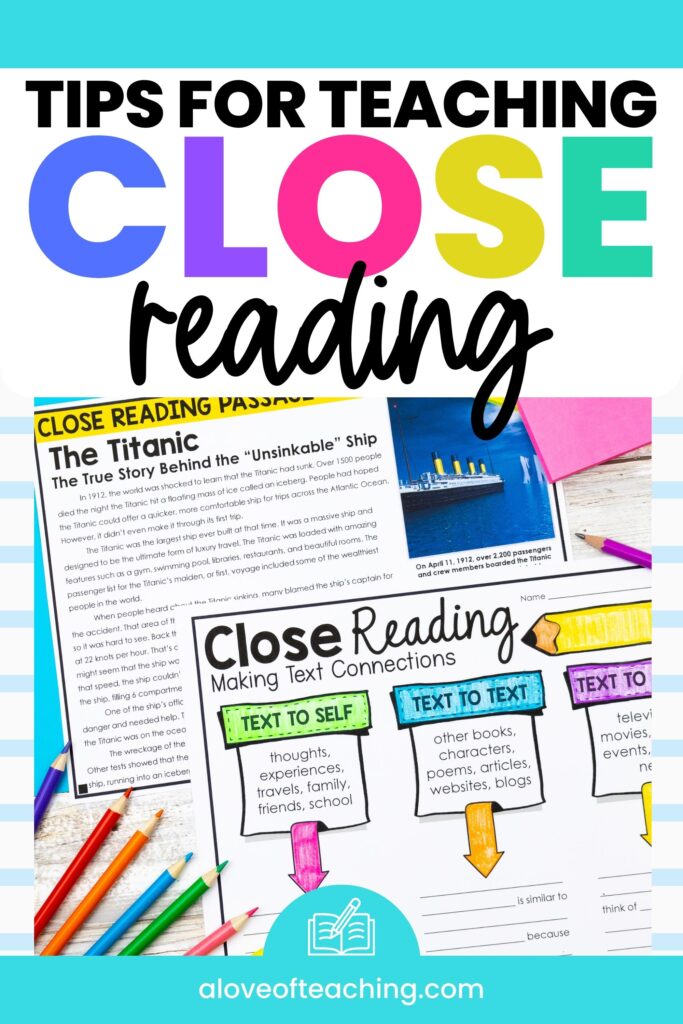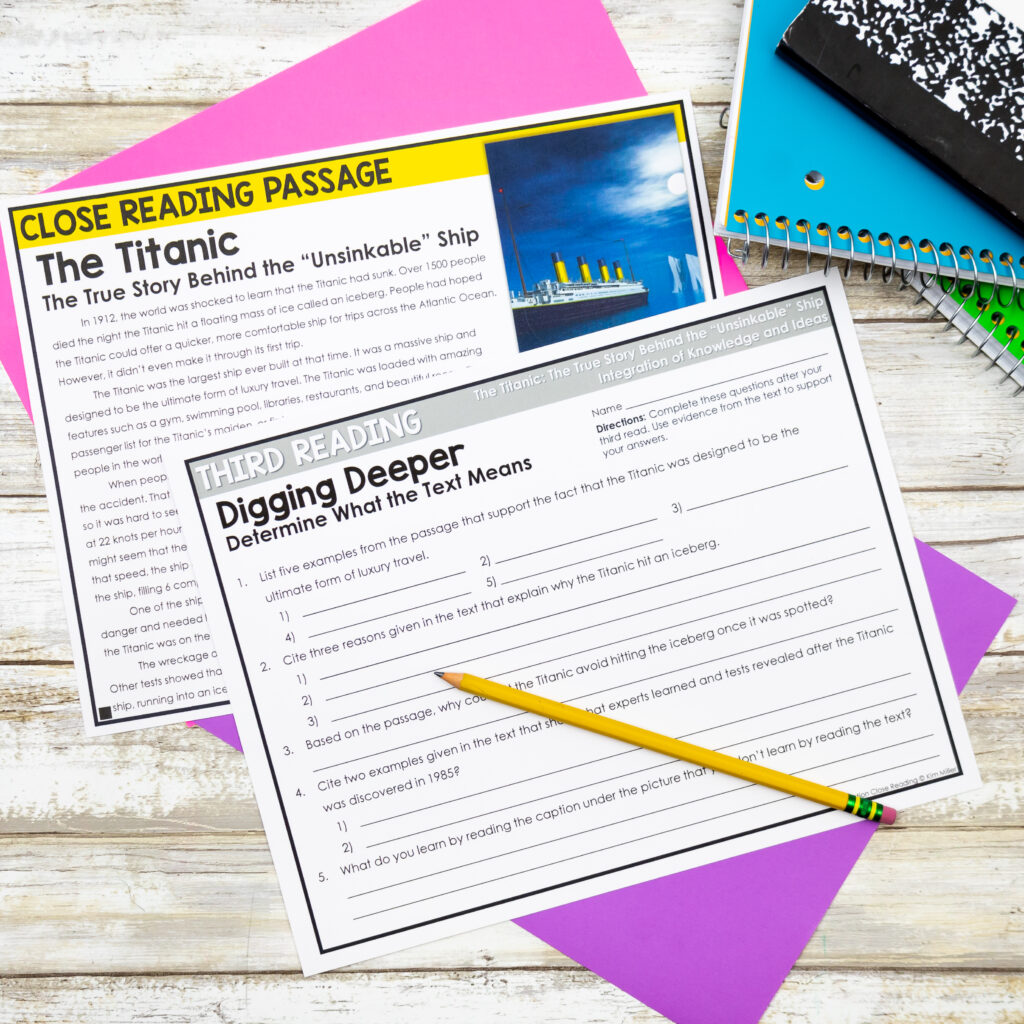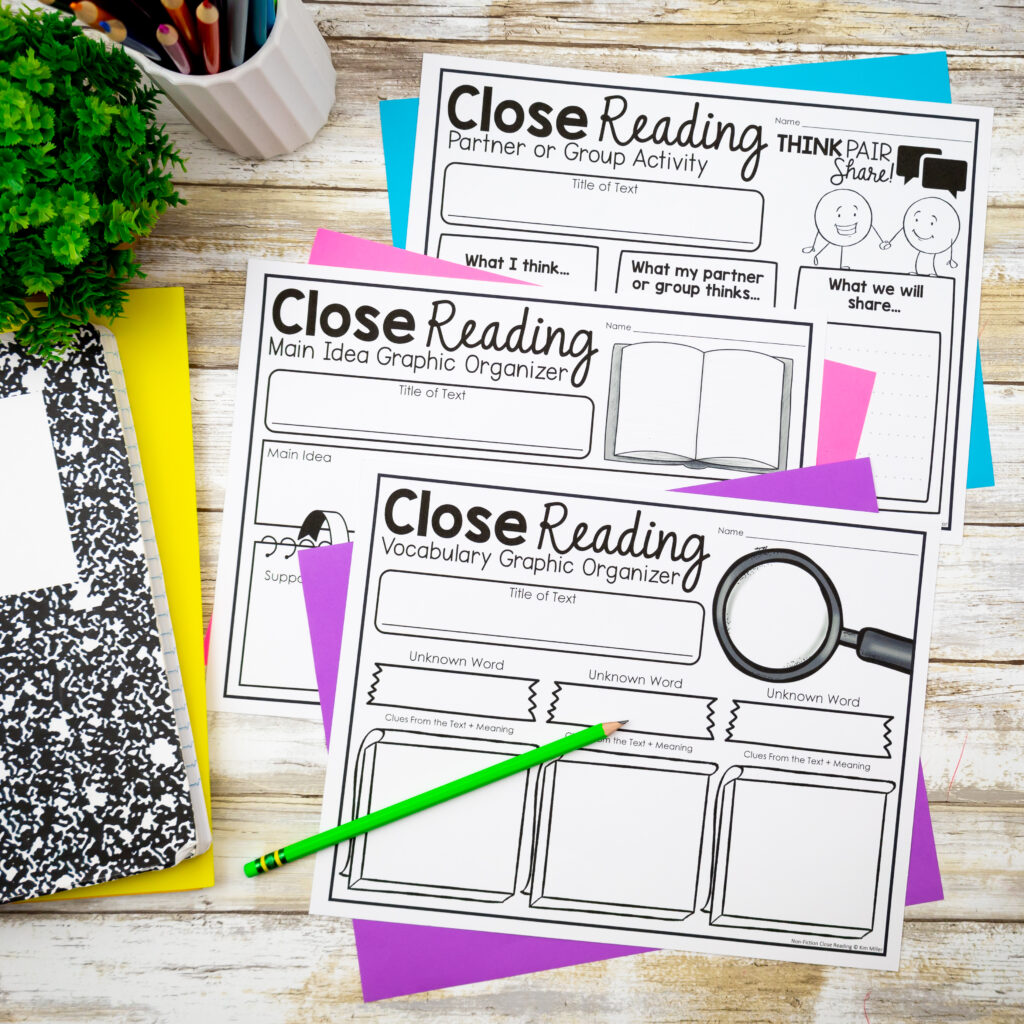Teaching Close Reading Skills in the Classroom
Close reading is a valuable skill for students to develop, but it can also be challenging to teach. As an upper elementary teacher, it’s important to know how to incorporate close reading into your curriculum and make it engaging for your students. Let’s explore some strategies and tips for teaching close reading in the classroom.

Why Teach Close Reading?
Before diving into how to teach close reading, let’s first explore why it’s important. Close reading is a critical thinking skill that involves examining and analyzing a text to understand its meaning better. Through close reading, students learn how to actively engage with texts and connect the text with their own experiences or prior knowledge.
Close reading also helps students develop key literacy skills, such as identifying main ideas, making inferences, and analyzing the author’s purpose. These skills are essential for academic success and becoming critical readers and thinkers.
Strategies for Teaching Close Reading
Now that we understand the importance of close reading let’s explore some strategies for teaching it in the classroom.
1. Start with Short Texts
Before diving into longer and more complex texts, starting with shorter and simpler ones is important. This will help students develop their close reading skills in a more manageable way.
2. Use a Variety of Texts
Close reading can be applied to any kind of text, including fiction, nonfiction, poetry, and even visual media like images or videos. By using a variety of texts, you can keep students engaged and expose them to different types of close reading experiences.
3. Model the Process
It’s important that students see how close reading skills are performed correctly. Start by modeling the process yourself, then gradually release more responsibility to your students as they become familiar with this new reading skill.
4. Encourage Annotation
Annotation is a key aspect of close reading, as it allows students to actively engage with the text and make notes or markings that help them understand it better. Encourage students to use different annotation methods, such as highlighting, underlining, or writing in the margins. Try the set of FREE annotating guides and close reading posters below!

5. Use Guiding Questions and Graphic Organizers
Providing students with guiding questions and graphic organizers can help them focus their reading and think critically about the text. These questions and organizers can be used before, during, and after the reading to help students connect with the text.


Download FREE Posters and Annotating Guides
These free posters and annotating guides will help you get started teaching close reading strategies in your classroom. They can be used with any text and are an excellent way to teach students how to dig deeper when reading.
Tips for Making Close Reading Engaging
Close reading can be daunting for some students, so making it engaging and enjoyable is important. Here are some tips for doing so:
1. Choose Relevant and Interesting Texts
Selecting texts relevant to your students’ lives or interests increases their engagement and motivation to read closely. Students love to read about animals, special holidays, weather events, and seasonal topics. Find topics your students love and incorporate short texts about them into your close reading lessons.
2. Incorporate Partner or Group Work
Close reading doesn’t have to be a solitary activity. Encourage students to work in small groups to discuss the text and share their thoughts and annotations. Graphic organizers are an excellent tool to use when encouraging partner or group work.
3. Use Technology
Technology can be an excellent tool for engaging students in close reading. For example, online annotation tools or creating multimedia projects based on the text can make close reading more interactive and fun. Kami is an effective way to promote student interaction with texts, documents, and pictures. It’s perfect for annotation!
4. Provide Meaningful Follow-Up Activities
After students have completed a close reading activity, it’s important to have meaningful follow-up activities like vocabulary practice, reading comprehension questions, and graphic organizers. These extra assignments allow them to reflect on what they’ve learned and apply their skills in different contexts.


Conclusion
Teaching close reading in the upper elementary classroom can seem daunting. Still, it can be an engaging and rewarding experience for teachers and students with the right strategies and tips.
Inspire your students to become critical readers and thinkers through the practice of close reading. Want to try this Titanic Close Reading Activity with your students? You can find all of my seasonal close reading units below!
Save it for Later!
If you are anything like me, your Pinterest boards are a wealth of information when it comes to lesson ideas and planning. Pin it now so you can quickly come back later when you are ready to add some close reading fun to your classroom!



